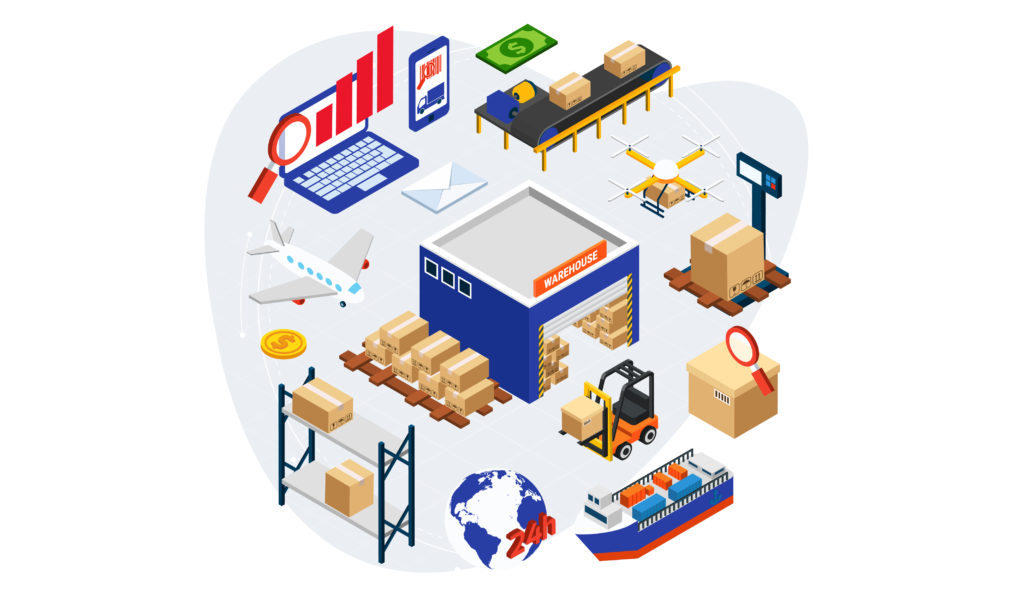Optimizing Logistics: A Comprehensive Guide to Palletised Distribution and Pallet Networks
Palletised distribution plays a crucial role in modern logistics and supply chain management. It involves the transportation of goods on pallets, which are standardized platforms that facilitate efficient handling and storage. Businesses across various industries rely on Palletised distribution to streamline their operations and meet customer demands effectively.
Key Components of Pallet Networks
Pallet networks are specialized systems designed to optimize the movement of palletised goods. They operate on the principle of shared resources and collaborative distribution networks. In a pallet network, multiple haulage companies and logistics providers work together to deliver goods across different regions efficiently.
Advantages of Palletised Distribution
Palletised distribution offers several benefits to businesses. Firstly, it enhances transportation efficiency by allowing for quick loading and unloading of goods. This efficiency translates into cost savings, as companies can reduce labor costs and minimize the time spent on handling shipments. Additionally, palletised distribution improves inventory management and reduces the risk of damage during transit, ensuring that goods reach their destination in optimal condition.
Challenges in Palletised Distribution
Despite its advantages, palletised distribution faces challenges such as handling issues and logistical complexities. The need for specialized equipment and facilities for pallet handling can sometimes lead to additional costs for businesses. Moreover, coordinating multiple shipments within a pallet network requires careful planning to avoid delays and ensure timely deliveries.
Technology in Pallet Networks
Technology plays a crucial role in enhancing the efficiency and reliability of Pallet networks. Advanced tracking and monitoring systems enable real-time visibility of shipments, allowing logistics providers to track pallets throughout the distribution process. Automated sorting and routing technologies further streamline operations, reducing errors and improving overall service quality.
Environmental Impact and Sustainability
In recent years, there has been a growing emphasis on sustainability within the logistics industry. Palletised distribution can contribute to environmental sustainability by optimizing transportation routes and reducing fuel consumption. Many pallet networks are adopting eco-friendly practices, such as using reusable pallets and implementing carbon offset programs, to minimize their carbon footprint and support green initiatives.
Case Studies in Effective Pallet Networks
Several case studies highlight the effectiveness of pallet networks in improving operational efficiency and customer satisfaction. For example, XYZ Logistics implemented a pallet network strategy that reduced delivery times by 20% and increased capacity utilization by 30%. Such success stories demonstrate the transformative impact of efficient palletised distribution on business performance.
Future Trends in Palletised Distribution
Looking ahead, the future of palletised distribution is poised for further innovation and growth. Emerging technologies like blockchain and artificial intelligence are expected to revolutionize supply chain management, offering new opportunities for optimization and cost reduction. Additionally, the integration of sustainable practices will continue to shape the evolution of pallet networks, driving industry-wide initiatives towards greener and more efficient logistics solutions.
Conclusion
In conclusion, palletised distribution and pallet networks play integral roles in modern logistics by enhancing efficiency, reducing costs, and supporting sustainable practices. As businesses strive to meet the demands of a global marketplace, the adoption of innovative technologies and collaborative distribution models will be key to maintaining competitive advantage and driving industry progress.







